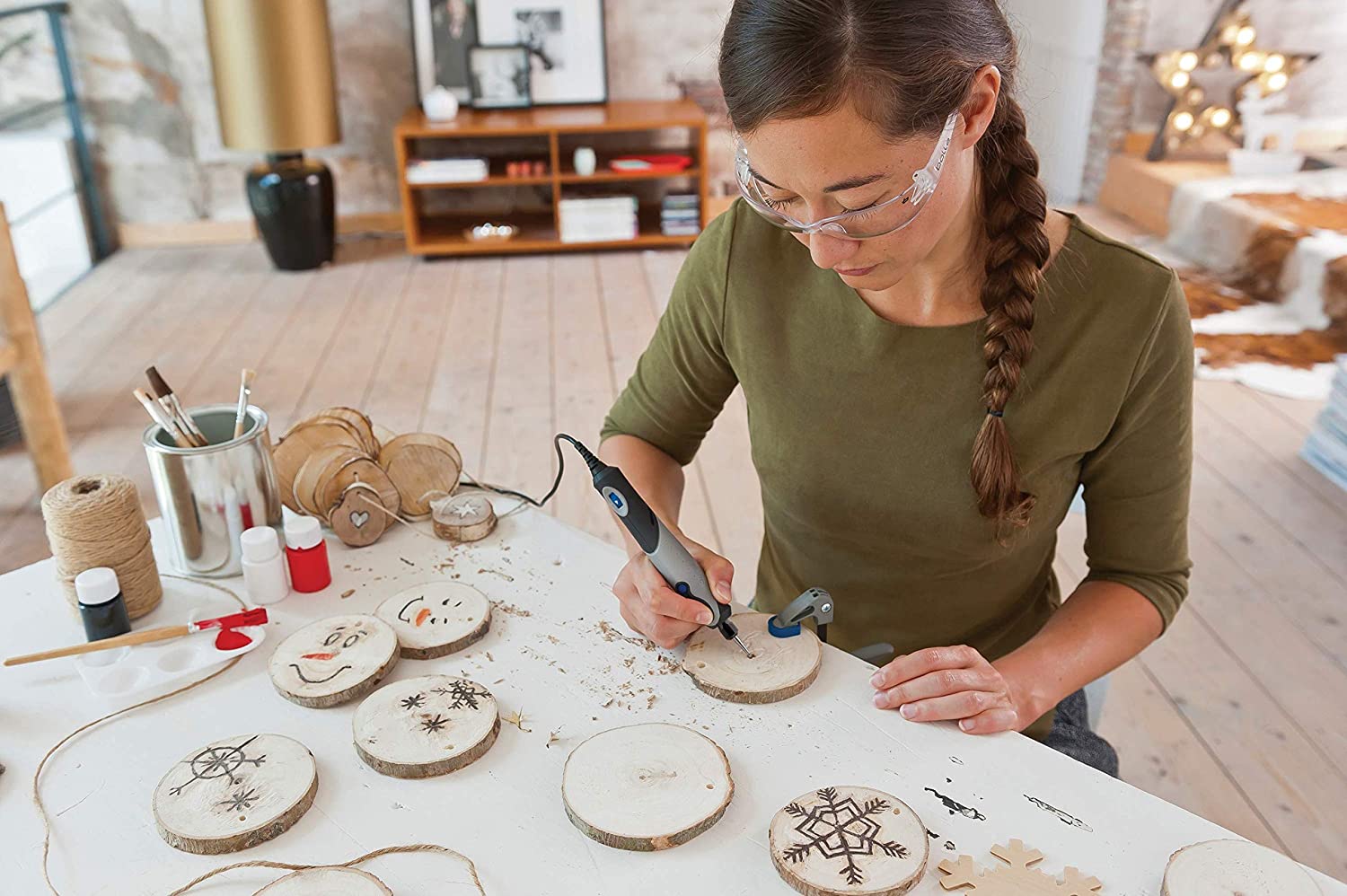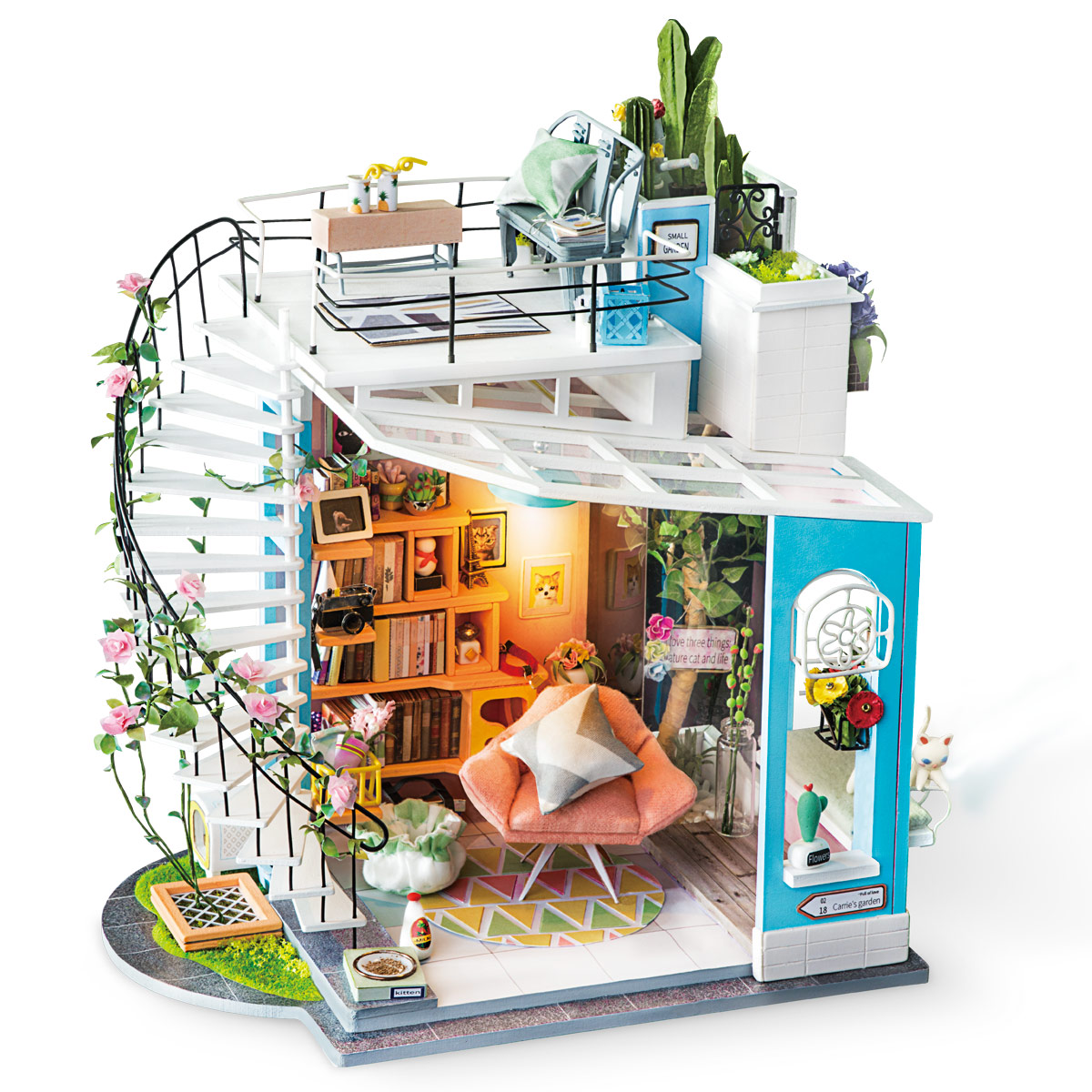Welcome back to This Week in Apps, the weekly TechCrunch series that recaps the latest in mobile OS news, mobile applications and the overall app economy.
The app industry is as hot as ever, with a record 204 billion downloads and $120 billion in global consumer spend in 2019. Not including third-party Chinese app stores, iOS and Android users downloaded 130 billion apps in 2020. Consumer spend also hit a record $112 billion across iOS and Android alone. In 2019, people spent three hours and 40 minutes per day using apps, rivaling TV. Due to COVID-19, time spent in apps jumped 25% year-over-year on Android.
Apps aren’t just a way to pass idle hours — they’re also a big business. In 2019, mobile-first companies had a combined $544 billion valuation, 6.5x higher than those without a mobile focus.
Top Stories
Apple defends its consumer privacy moves
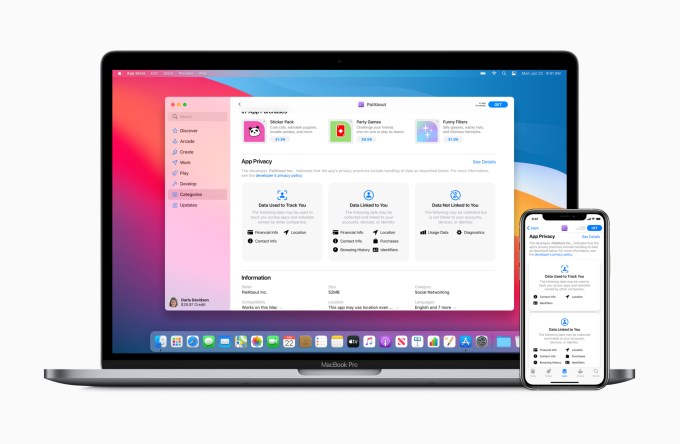
Image Credits: Apple
Apple SVP Craig Federighi took aim at the adtech industry in a speech to European lawmakers this week, where he downplayed and dismissed the industry backlash against the forthcoming app tracking changes as “outlandish” and even “false.” He said that online tracking is privacy’s biggest challenge and that Apple’s forthcoming App Tracking Transparency (ATT) is the front-line of defense.
“The mass centralization of data puts privacy at risk — no matter who’s collecting it and what their intentions might be,” Federighi said, reiterating that Apple aimed to have as little data on its customers as possible.
This has been the company’s line to date, and it’s not necessarily the whole truth. Apple has so far characterized its decision to allow consumers to opt-out of being tracked as one that’s solely focused on consumer privacy. It positions Apple as consumers’ savior and the only one fighting for our privacy. But the changes are also an example of Apple leveraging its platform power, potentially in an anticompetitive way, to give itself a seat at the table of a multi-billion-dollar market today dominated by its competitors Google and Facebook.
In this case, Apple is inserting itself in the world of mobile advertising by forcing a shift from IDFA to its own SKAdNetwork, which limits the individualized data advertisers can access. This is good for consumers who don’t want to be targeted and tracked just because they’re using an app. Publishers, however, have argued they won’t be able to charge as much for ads where users opted out of tracking. This could have a snowball effect of hurting ad-supported businesses beyond the tech giants like Facebook.
Meanwhile, Apple does get to collect a lot of consumer data which it uses to personalize ads. Its own App Store and Apple News apps personalize ads unless consumers opt out in their iPhone’s Settings (and not through a scary pop-up warning like third-party apps have to display). Apple says what it does in terms of personalization doesn’t count as “tracking” because it doesn’t share the data with others or follow customers around websites and apps.
But as Apple moves into its own services businesses, the amount of data that can be used to personalize its own ads grows. Today, Apple’s ad targeting system includes users in segments based on the music, books, TV shows and apps they download, as well as in-app purchases and subscriptions. It also tracks users as they search the app search with keywords and tap to read App Store stories, and tracks location if permission has been granted to Apple News or the App Store.
In related news, Facebook-owned WhatsApp criticized Apple’s forthcoming privacy label requirements this week, saying that the labels are anti-competitive because they won’t apply to first-party apps, like iMessage, that come pre-installed on iPhones. WhatsApp also argued that they don’t allow companies to share enough details about the measures they’re taking to protect consumer data.
Apple responded by saying labels for its own apps will be on its website for those apps not distributed through the App Store.
Facebook antitrust lawsuits
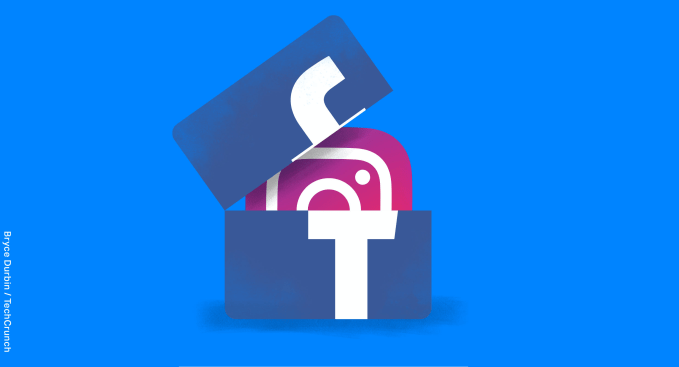
Image Credits: TechCrunch
Forty-eight attorneys general across 46 states, the territory of Guam and the District of Columbia have filed an antitrust lawsuit that accuses Facebook of suppressing its competition through monopolistic business practices. The states are asking the court to restrain Facebook from making further acquisitions in excess of $10 million without notifying the plaintiffs, and is asking for additional relief, including “the divestiture or restructuring of illegally acquired companies, or current Facebook assets or business lines.”
The FTC also voted to pursue its own antitrust suit against Facebook at the federal level.
While the lawsuits are much larger than an app story alone, they do have the potential to impact the app ecosystem if the plaintiffs prevail, as they ask for the acquisitions of Instagram and WhatsApp, and maybe others, to be retroactively judged to be illegal and divested. This would allow for increased competition among the social app market, where Facebook leverages its power to maintain its dominant position. For instance, Facebook just integrated its messaging platform with Instagram’s, meaning users can now message friends across two of the largest social platforms via just one app — either Messenger or Instagram. WhatsApp could be integrated in the future, as well.
Twitter buys Squad
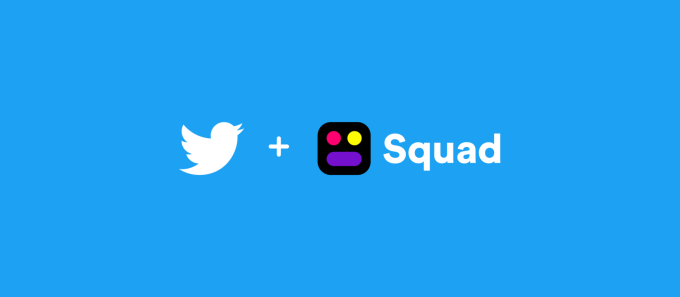
Image Credits: Twitter
Twitter on Friday announced the acquisition of the screen-sharing social app Squad. The startup’s co-founders, CEO Esther Crawford and CTO Ethan Sutin, along with the rest of Squad’s team will be joining Twitter’s design, engineering and product departments. The Squad app, which had heavily relied on Snap’s Snap Kit developer tools, will shut down.
Twitter may be shuttering Periscope as well, code reveals, which leaves some wondering what Twitter’s plans are in terms of streamlining its services. The company has more recently been experimenting with its own version of Stories, aka Fleets, and an audio-based networking product for group conversations.
This Week in App News
Platforms: Apple
- Reminder: Apple’s App Store Holiday shutdown is coming. The App Store will not accept new apps and app updates from December 23-27 (Pacific Time) for its annual holiday break.
- Reminder: App privacy questions requirement starts December 8.
- The iOS 14.3 Release Candidate arrives, adding support for the new ProRAW photo format on iPhone 12 Pro and iPhone 12 Pro Max, a new Apple TV+ tab that makes it easier to find Apple’s Originals, readies the platform for Fitness+, and makes a change to bypass launching the Shortcuts app when using custom app icons, among other things.
- Apple Watch Family Setup arrives in Canada on December 14.
- Apple Fitness+ launches December 14.
Platforms: Google

Image Credits: Google
- Google is working on an ambitious project to improve GPS accuracy in apps. In dense urban areas, it’s often hard to get an accurate GPS reading — leading to issues like wrong-side-of-the-street and even wrong-city-block errors, which greatly impact ridesharing and navigation apps. Google’s new solution uses 3D mapping-aided corrections, comprised of 3D building models, raw GPS measurements and machine learning. Its Pixel Feature Drop in December adds these corrections to Pixel 5 and Pixel 4a (5G), which Google says will reduce wrong-side-of-street occurrences by approximately 75%. Other Android phones (Android 8+) have version 1 implemented in the FLP (Fused Location Provider API), which reduces those occurrences by around 50%. Version 2 will be available to the entire Android ecosystem (Android 8 or later) in early 2021.
- Google Play Pass arrives in 7 new countries, including key Latin American markets. The subscription-based apps and games service came to Brazil, Chile, Colombia, Mexico, Peru, Russia and Saudi Arabia. This brings the total number of markets where the service is live to 42.
- Google’s Pixel Feature Drop adds Adaptive Sound, Hold for Me (where Google Assistant waits on hold for you), Extreme Battery Saver Mode, screen sharing on Duo calls and more.
Gaming

Image Credits: Microsoft
- Microsoft confirms its Xbox cloud gaming service will launch on iOS in 2021. However, the company will route around the App Store rules by bringing the service to the iPhone and iPad in a web browser. This cuts Apple out of any revenues the game service can generate. Amazon’s Luna and Google’s Stadia are also planning to use the web browser on iOS to avoid the App Store.
- Google’s cloud gaming service Stadia is rolling out YouTube live streaming, allowing gamers to share their gameplay to YouTube.
- Apple asks for Epic Games’ Fortnite lawsuit in Australia to be thrown out because Epic had promised to settle disputes and litigation in the U.S. District Court for the Northern District of California.
Government and policy
- The U.S. National Weather Service just saw a record year of weather-related disasters like the busiest Atlantic hurricane season on record and California’s wildfires. Now the agency says it’s running out of Internet bandwidth and will need to throttle the amount of data its clients and users can access. The move would impact weather consumers who get their weather from apps on their smartphones, as much of the forecasts and alerts they receive are based on Weather Service output and data.
- California’s CA Notify contact-tracing app for COVID-19 now reaches the full state. The app uses Apple and Google’s exposure notification API.
- Cydia files anti-competition lawsuit against Apple. Third-party App Store maker Cydia, home to jailbreak apps that often added functionality beyond what Apple permitted through its terms, is suing Apple for using anticompetitive means to destroy its rival app store. There are good examples of how denying third-party app stores a home on iOS may have been anticompetitive, but Cydia’s lawsuit may not be it. The store in its early days distributed pirated apps, not just those that fell outside Apple’s rules.
Augmented reality

Image Credits: Instagram
- Instagram partnered with museums in the U.S. and France, including the Smithsonian, Palace of Versailles and Le Grand Palais, to bring AR versions of their exhibits to its camera’s AR effects lineup.
- Snap partnered with the Los Angeles County Museum of Art on a multi-year augmented reality project, “LACMA x Snapchat: Monumental Perspectives.” The initiative will pair local artists chosen by the museum to create site-specific monuments and murals that can be viewed in AR in the Snapchat app.
E-commerce & food delivery

Image Credits: Instagram
- Instagram launches shopping in Reels, its TikTok rival. The feature is now one of many ways users can shop via video, including through video in Feed, Stories, Live and IGTV. Facebook Pay powers checkout for many sellers, allowing Instagram to generate revenue through transaction fees.
- WhatsApp adds carts to make shopping easier. Facebook-owned WhatsApp added a new shopping feature that lets consumers buy multiple items from a business, and makes it easier for sellers to track orders.
- DoorDash shares popped 92% in their trading debut to reach as high as $195.50 after raising $3.37 billion during its IPO.
- E-commerce app Wish to price IPO between $22-$24 per share at up to $14 billion valuation.
Fintech
- Robinhood is losing thousands of day traders to China-owned Webull, reports Bloomberg. Founded by Alibaba alum Wang Anquan, Webull has increased brokerage clients by 10x in 2020 to reach more than 2 million by offering free stock trades. Robinhood has 13 million, for comparison. Webull is expected to raise a round from private U.S. investors and expand into roboadvisor services.
Travel
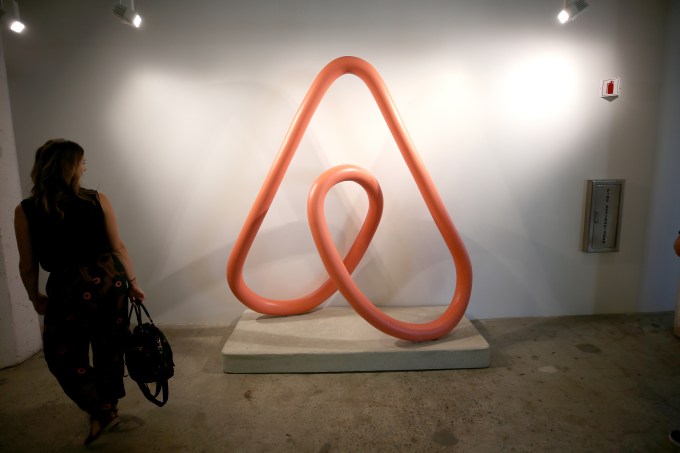
Image credits: Phillip Faraone/Getty Images for WIRED25
- Vacation rental app Airbnb began trading this week on public markets. After raising its range, the company opened at $146 per share on Thursday, more than double its $68 IPO price and valuing the company at over $100 billion. The stock closed at nearly $145.
- China’s Cyberspace Administration of China (CAC) announced it was banning 105 mobile apps for violating Chinese regulations. The majority of the apps were made by Chinese developers but the U.S.-based travel booking and review site Tripadvisor was also on the ban list, causing its shares to drop. Tripadvisor works in partnership with Nasdaq-listed Chinese travel firm Trip.com (previously called Ctrip).
Social & Photos
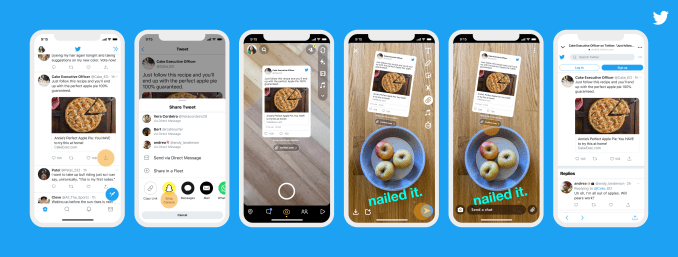
Image Credits: Twitter
- Snap and Twitter worked together to make it possible for users to post their tweets to Snapchat through a native integration instead of screenshots. When Twitter users who are logged into Snapchat now share a tweet using the Snapchat icon from the share sheet in Twitter, they’ll be able to share, react or comment on the post, then send it to a Snapchat friend or post to their Story. The feature is live on iOS with Android in the works.
- Triller says it can reach 250 million users through partnerships with Samsung and others. The app, which hosted a Pay Per View boxing match between Mike Tyson and Roy Jones Jr. this year, is planning more events for 2021, including a concert with K-pop group Blackpink.
- A second federal judge rules against the Trump administration’s TikTok ban, saying the government “likely exceeded IEEPA’s [the International Emergency Economic Powers Act] express limitations as part of an agency action that was arbitrary and capricious.”
- Instagram partnered for the first time with lyrics site Genius on “Lyric Reels,” a sort of variation of Spotify’s “Behind the Lyrics” feature. The addition will see artists break down their songs’ lyrics and meanings. Participants include Megan Thee Stallion, 24kGoldn and Tate McRae.
- Tinder makes it easier to report bad actors who use “unmatch” to hide from victims. Rival Bumble had just done the same. But in Tinder’s implementation, it’s only making it more obvious how to access its help documentation while Bumble had included a button for reporting users who had already unmatched you.
- Google’s Photos can now sync your “Liked” images with Apple’s Photos service on iOS.
Streaming & entertainment
- Netflix’s StreamFest, a free trial weekend in India, boosted installs by 200% week-over-week, reaching approximately 3.6 million global installs, reports Sensor Tower.
- Stitcher, recently acquired by SiriusXM, revamped its app for the first time in years. The new version offers a dedicated “My Podcasts” tab, better search filters, result sorting, user-curated groups of shows and more.
- HBO Max is fastest-growing SVOD in U.S. According to Apptopia, the app hit a lifetime high for daily downloads three days after its debut, at 225,000. Since its May launch, DAUs have grown 242%.
- Spotify had to reset an undisclosed number of user passwords after a software vulnerability exposed private account information to its business partners, including things like “email address, your preferred display name, password, gender, and date of birth.”
Health & fitness
- Nike Run Club app adds home screen widgets for iOS 14+. The widgets can show your Run Level, post-run progress and make it easier to start your next run.
Productivity
- Google Drive users on iOS and Android will be able to see and re-run desktop and mobile searches; view and select intelligent selections as they type, including suggestions for people, past searches, keywords and recently accessed files.
Funding and M&A
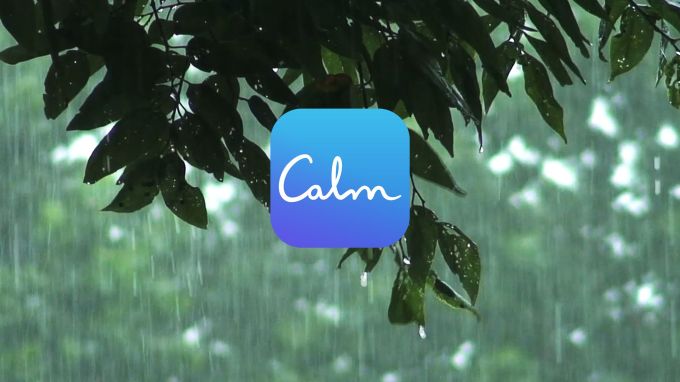
Image Credits: Calm
- Meditation app Calm raises $75 million more at $2 billion valuation, in a round led by prior investor Lightspeed Venture Partners.
- Twitter buys video app Squad. (see above)
- AI financial assistant Cleo raises $44 million Series B, led by EQT Ventures. The app and chatbot aimed at Gen Z connects to bank accounts to give proactive advice and timely nudges.
- Mexican challenger banking app albo raises $45 million to expand into lending and insurance products.
- Sweden’s MTG acquires mobile racing game studio Hutch Games, based in London, for up to $375 million. The studio produces titles like Rebel Racing, F1 Manager and Top Drives.
- Seattle’s Freespira raises $10 million for its therapeutic device for panic attacks PTSD that worked with a connected app and proprietary software.
- Banking app for teens GoHenry raises $40 million to build out its business in the U.S. and U.K.
- Retail loyalty app Fetch Rewards raises $80 million Series C led by Iconiq Growth. The app offers rewards to users who scan their receipts after shopping.
- Pear Therapeutics raises $80 million in a round led by SoftBank’s Vision Fund 2. The company makes prescription apps aimed at treating substance use disorders, schizophrenia and multiple sclerosis. The FDA has already approved its treatments for substance abuse, opioid use and insomnia.
- Reface raises $5.5 million in seed funding led by a16z for its viral face-swapping video app.
Downloads
Google Health Studies

Image Credits: Google
Google takes on Apple’s Research app with an alternative for Android users. The new Google Health Studies app will work in partnership with leading research institutions, which will connect with study participants through the app. The first study is timely, as it focuses on respiratory illnesses, including the flu and COVID-19. The study will use federated learning and analytics — a privacy technology that keeps a person’s data stored on the device.
Google Look to Speak
Google launched an accessibility-focused app, Look to Speak, that lets people use their eyes to choose pre-written phrases for their phone to say out loud. To use the app, people have to look left, right or up to select what they want to say from the phrase list and navigate the app. Look to Speak can also be personalized by letting users edit the words and phrases they want to say and adjust the gaze settings to their needs.
Retro Widget

Image Credits: Retro Widget 2
Gaming via a home screen widget? The fun Retro Widget 2 ($1.99) has been updated to bring the classic Snake II game from old Nokia handsets to the iPhone’s home screen. The app includes five mazes and nine levels and lets you play Snake II using the 1, 3, 7 and 9 keys.
Barter
Barter is an app designed for app developers alone. From the maker of the HomePass and HomeCam apps, Barter offers a way for app developers to view their app sales in a widget on iOS 14+ devices. The app includes no analytics or tracking beyond what Apple builds in to protect developer data. In the future, Pearce says he’ll expand the app to be able to show things like downloaded units, by product and more. The current version was an MVP to see if Apple would allow the app to pass App Review. Since it passed, it will soon be upgraded.
from Apple – TechCrunch https://ift.tt/2KdnzWV



